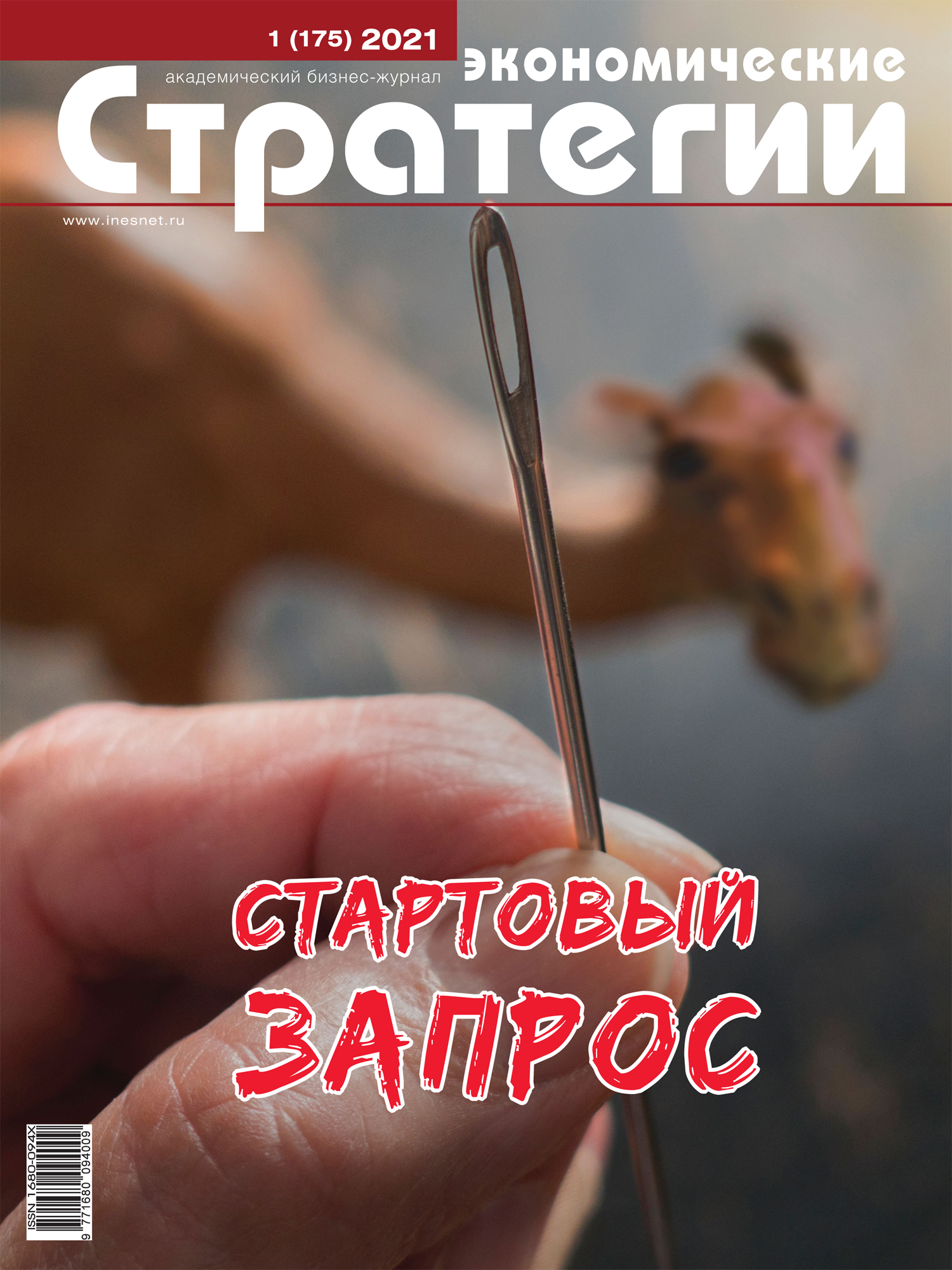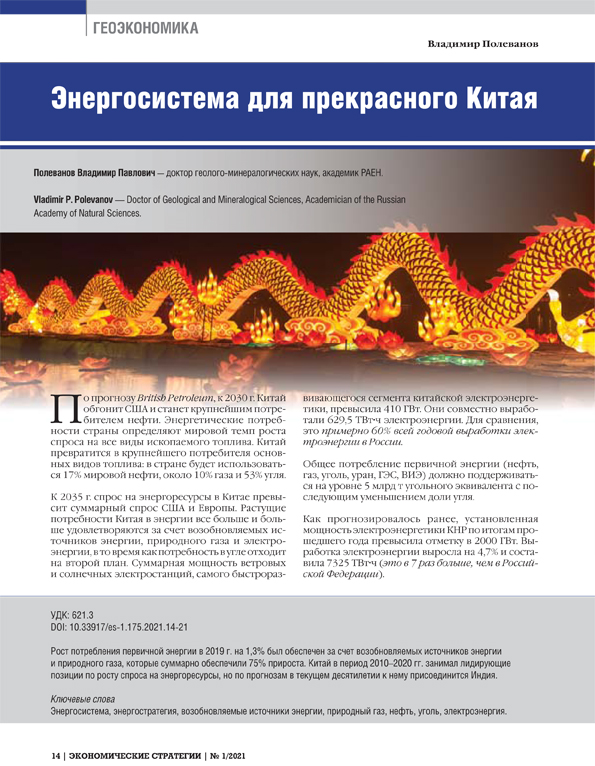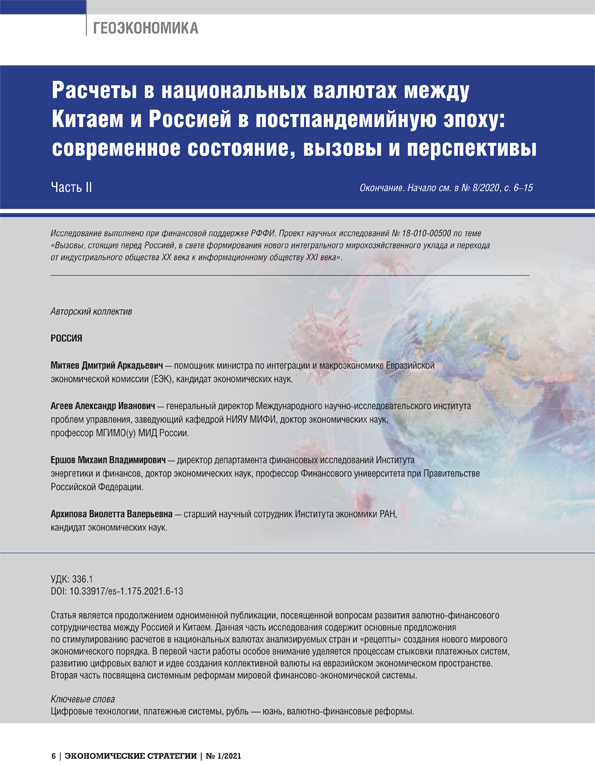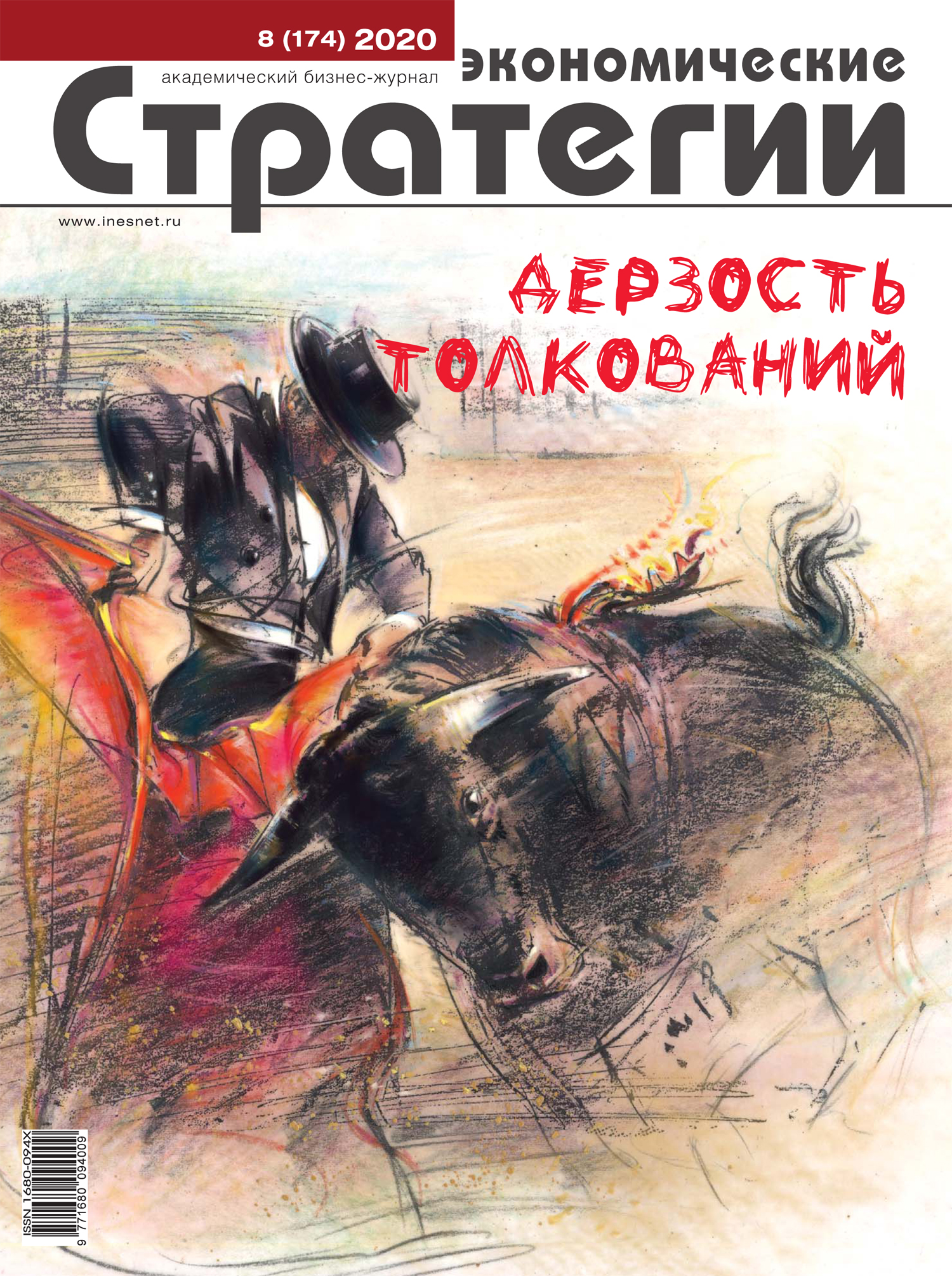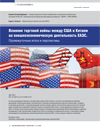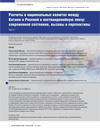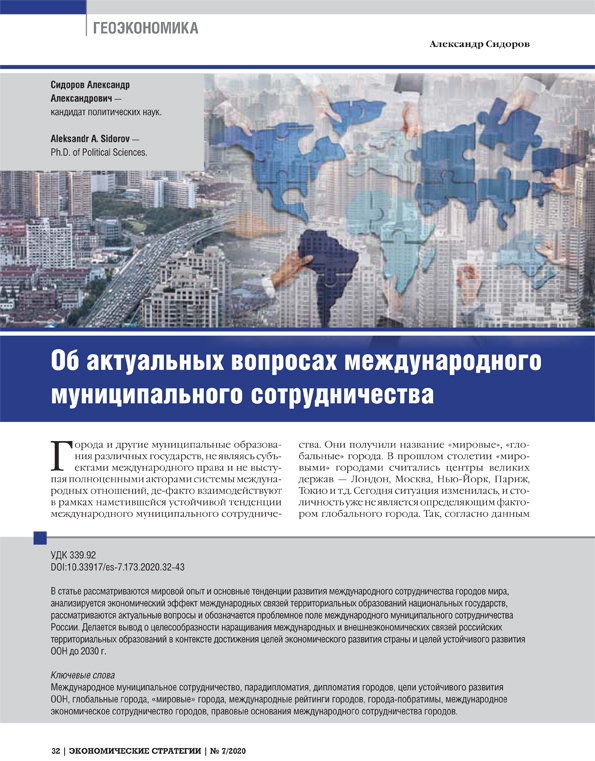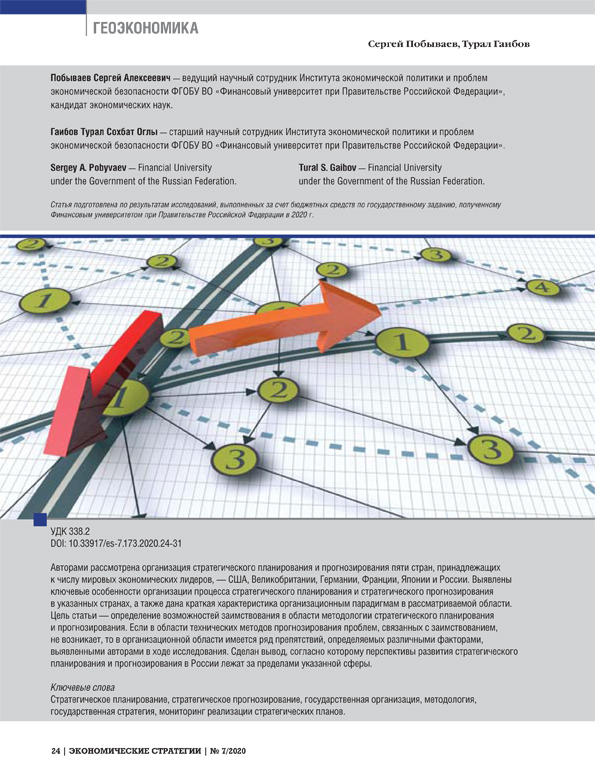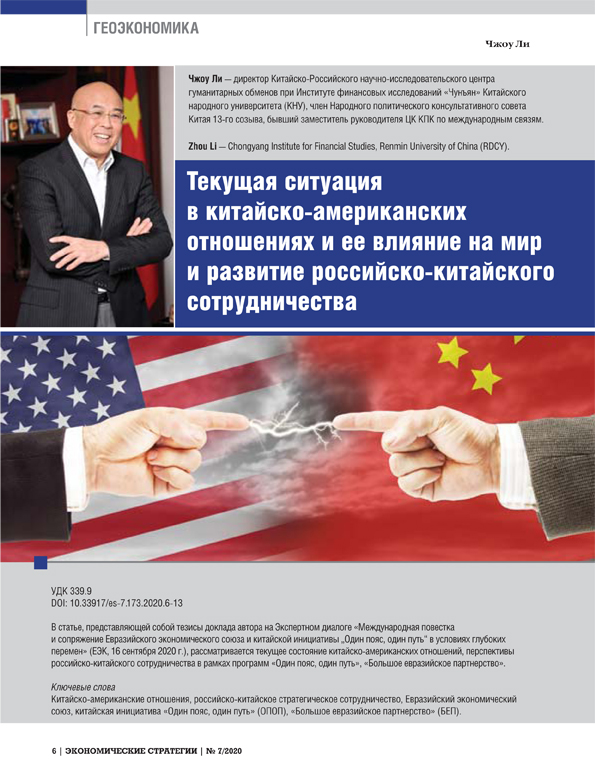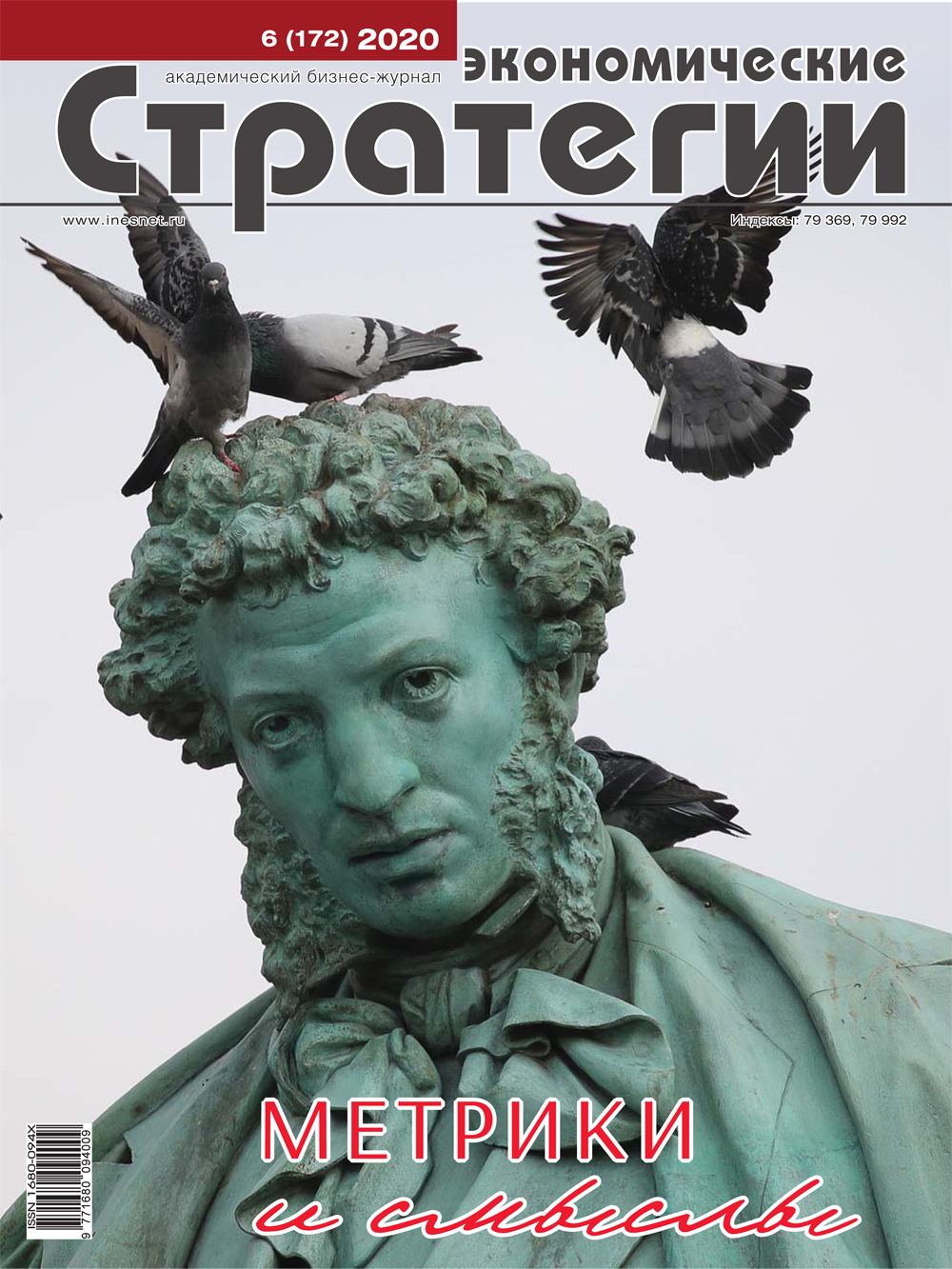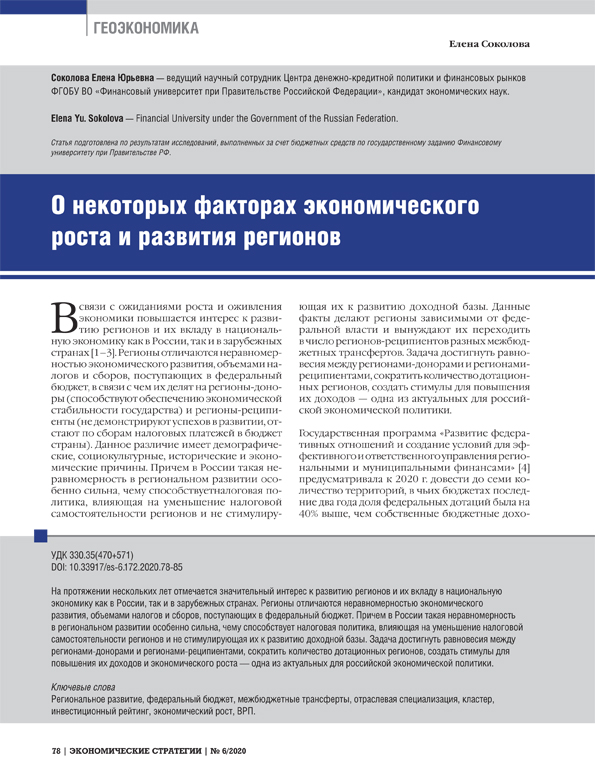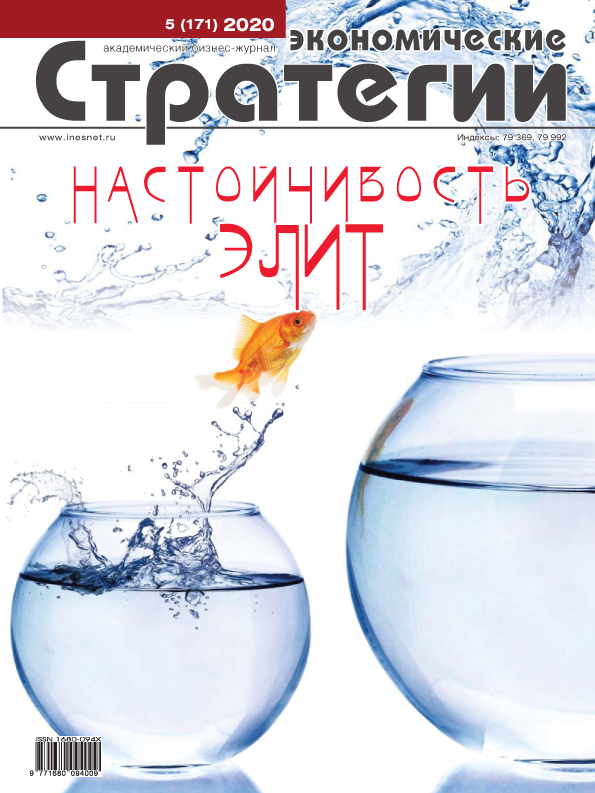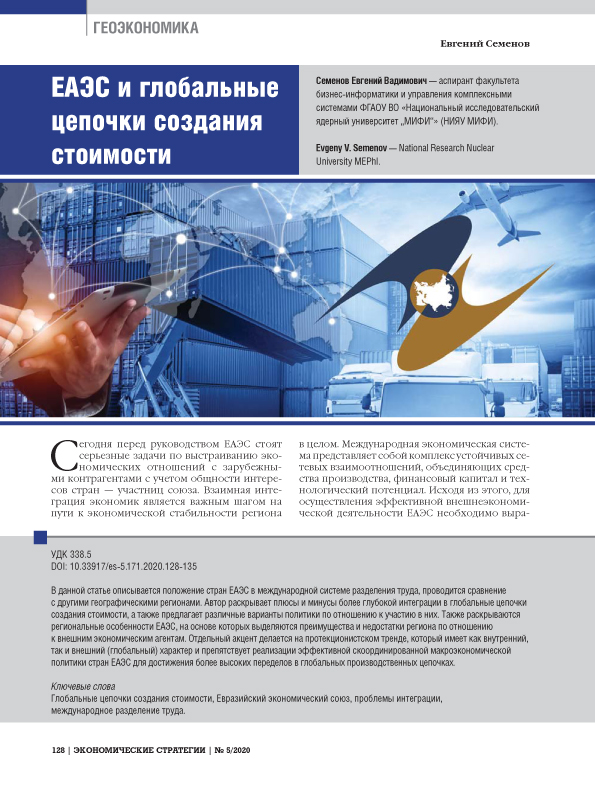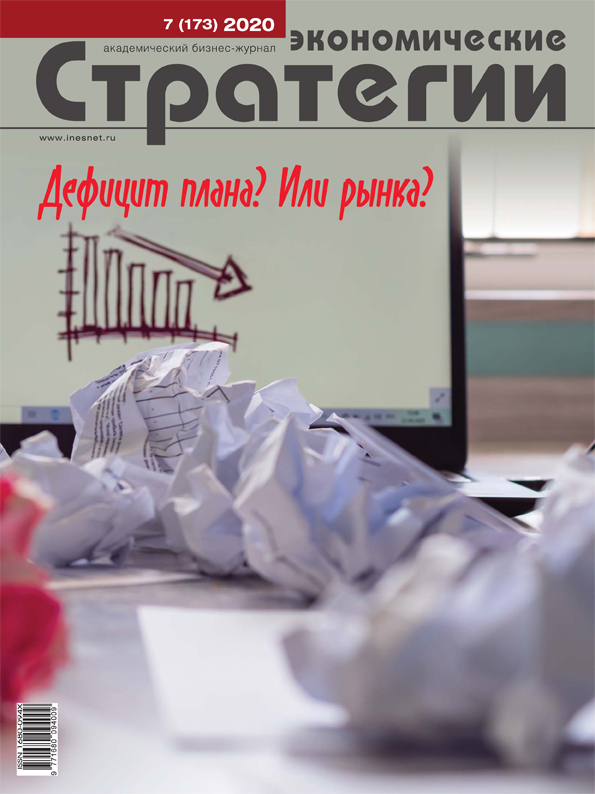
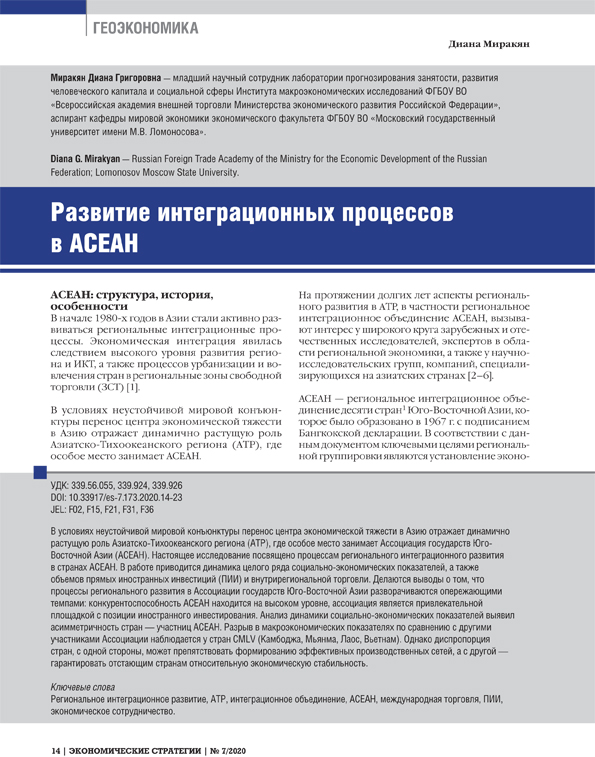
DOI: 10.33917/es-7.173.2020.14-23
Amid the unstable world environment the economic “weight” transfer to Asia highlights dynamically growing role of the Asian Pacific region (APR) where a specific place is put on the Association of Southeast Asian Nations (ASEAN). The present research is devoted to processes of ASEAN member-countries regional integration development. In the current work dynamicsof socio-economic indicators, volumes of the foreign direct investments (FDI) and intraregional trade are characterized. The conducted research concludes that regional development processesin ASEAN are flourishing: the ASEAN competitiveness is to a highstandard, the Association is attractive from a position of foreign investment. The analysis of socio-economic indicators dynamics revealed asymmetry of ASEAN member-countries. The gap in macroeconomic indicators in comparison with the other partners of Association is observed in CMLV countries (Cambodia, Myanmar, Laos, Vietnam). However, such a disproportion, on the one hand, mightprevent from formation of effective production networks, and, on the other, guarantee the lagging countries relative economic stability
Продолжить чтение


